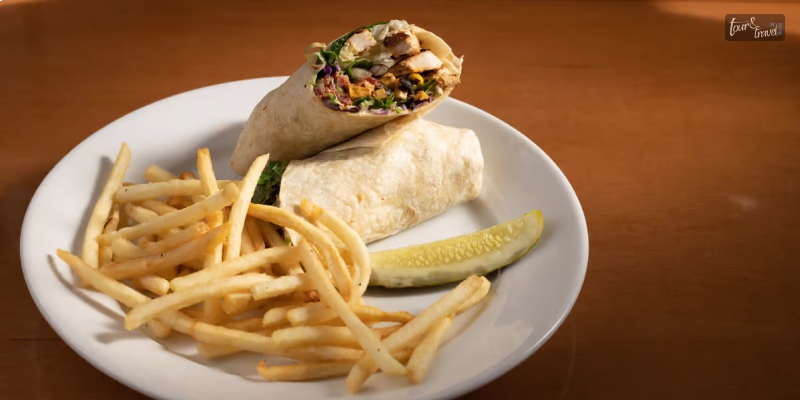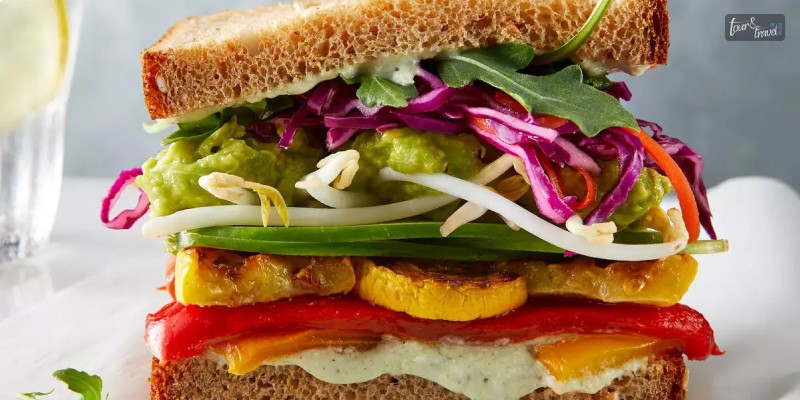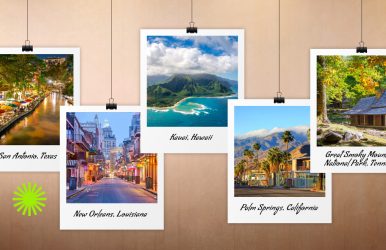Here’s What I Found Out About Aha Airlines!
BY sagnika Aug 8, 2023
Did you know Aha Airlines were one of the lowest-cost-carrier airlines that operated mostly during the pandemic? It was founded in September 2021. However, it closed down its operations in August 2022, which was quite predictable. The price they were charging for flights was pretty low, plus, as a regional carrier, people will only book tickets if they need to go somewhere specific, while most prefer to make a road trip! I was hoping you could read this article to learn about what else I found about Aha Airlines. The low-cost airlines were trying to create bundle packages for travelers visiting Reno and Tahoe. Yet, the issue was with the specificity of the destination, which ended in fewer passengers booking Aha Airlines. Aha Airlines suffered from bankruptcy, and the parent company ExpressJet filed it on 22 August 2022. Here's What I Found Out About Aha Airlines! Image Source: www.oregonlive.com Aha Airlines headquarters were based in Reno, an interesting hub. However, it is quite justified. There are two aspects to the hub selection considering the airlines operate regional aircraft, which means they have limited demand. The second aspect is that several low-cost carriers are major in the market. They act as competitors for popular routes such as Las Vegas. Therefore, it is better to restrict flights to small cities located in the Western U.S. The company did not charge anything to print a boarding pass printed on normal receipt paper. The brands did not use the typical boarding cards used by other airlines. They are cutting costs from every angle to make their service as cheap as possible, given it is a brand-new carrier! What Are Aha Airlines? Image Source: travelupdate.com The brand Aha Airlines was launched on 24 October 2021 in the United States. The name Aha comes from the acronym "air-hotel-adventure." It was identified as the leisure brand of ExpressJet Airlines, which only provided regional services. The Aha Airlines flights were short-hop at an attractive, affordable price, where the focus was to partner with resorts and hotels to earn more value from the vacation packages! The Aha Airlines fleet was based in Reno, Nevada, and mostly operated by ExpressJet. The fleet of Aha Airlines consisted of ERJ-145 regional jets, which are quite smaller than ERJ-175 planes. ERJ-175 planes, along with CRJ-200s, are the ones which are used by SkyWest that serve the local airport. These planes rank low on space scale, seating arrangements, and other services. Flight Details Image Source: travelupdate.com The Aha Airlines destinations covered are Pasco or the Tri-Cities, Redmond, Eugene, Medford, Arcata-Eureka, Fresno, and Bakersfield, Ontario. There are other smaller airports where there might be no other flight services available. Hence, Aha Airlines provides flights to Reno-Tahoe non-stop. There were 13 cities in which Aha Airlines operated; the plan was to expand to 20 destinations once they established their market. The flight operated by the airline was Embraer ERJ-145 which had a capacity of 50 passengers, and they owned 5 of those. The Airlines charged $30 for checked baggage or carrying personal items. According to many passenger reviews, it was stated that getting your luggage checked in is better than carrying it in the flight cabin. The Benefits Of Booking With Aha Airlines One of the benefits of booking with Aha Airlines was that you would never face any traffic considering it is a regional-based carrier. You could go 2 to 3 hours earlier and do your check-in even though they have the facility to check in online! Alas, there is no way you can avail of it anymore. Aha Airlines do not charge anything to print their boarding pass, even though it is more of a receipt than a boarding card. If you are traveling solo, it will be easier, considering the cabin's layout is 1-2. The window aisle is cool for solo travelers. The leg space in front of the seats is quite spacious compared to other low-budget carriers. The window placements are also good, as they are at an appropriate height. The flight attendants were quite relaxed in their approach as they offered passengers to sit anyplace they liked, as many seats were empty. Especially on weekdays, the crowd could have been better. There were also options for water and snacks served by the Flight attendants, with choices between graham cracker squares or granola bars. The Drawbacks That I Noticed The flights have tiny overhead bins, which is a way of restricting carry-on luggage. There is less security even though there is a justified reason that there are a limited number of people. However, it cannot be a reason for scarce security! The locations selected to provide service, such as Reno and Tahoe, cannot be an appropriate reason for the airlines to get a satisfactory number of visitors. People only sometimes vacation or go on trips, leading to fewer travelers booking flights. There were goof-ups by staff which can be a red flag for a company operating on limited grounds. According to a review posted by Family Flus Free, the gate number printed on travelers' boarding receipts was wrong, creating a commotion. They did not even apologize for it. Instead, an announcement was made for all passengers to come to a different gate. The airline's ERJ-145 flights were tiny, with a cabin layout of 1-2! The place for walking is restricted. The cabin overhead is so low that anyone with a height of 5ft 10 in will have an issue standing upright. There is another option of keeping the carry-on baggage under your seats. However, it will pose serious trouble for placing your legs. People with longer legs will have serious problems with their feet! Honest Review Based on all the information and Aha Airlines reviews, I realized that the flights of Aha Airlines might have worked well during the pandemic, especially when there was an emergency need to travel; however, later, it failed miserably. With so many options for connecting flights and major airlines providing offers and deals, only some people will choose a regional low-cost carrier airline that might not be effective in their long-term plan. Conclusion Now you know why Aha Airlines did not have an effective run, especially even with the reasonable pricing of the tickets. It is about the experience and the market demand for their services as a regional low-cost carrier. Apart from visiting Reno-Tahoe, only a little use has been found of the Aha Airlines! So, Comment below about your favorite low-cost airline in the U.S. and why! Read Also: This Is My Experience With Play Airlines! Condor Airlines: Is Booking Tickets On Condor Worth It? Everything About Breeze Airways: Breeze Airways Reviews, Features, And More!






















